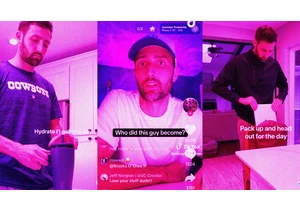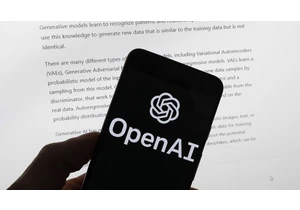Few companies have the potential to get consumers hooked on AI like Apple. More than one billion people worldwide use an iPhone, and they’ll inevitably become acquainted with Apple Intelligence—the catch-all term for Apple’s suite of generative AI features—as they upgrade to a compatible device.
It’s Craig Federighi’s job to make that product suite indispensable. Federighi, who spent a few years working for Apple after its NeXT acquisition in 1996 and rejoined the company in 2009, is now Apple’s senior vice president of Software Engineering, and for the past 12 years, he’s been overseeing the direction of both iOS and MacOS. As Apple’s AI team comes up with new advancements, he’s responsible for translating them into actual features for users and app makers.
“It’s a substantial transformative technology, in the same way the internet has been; in the same way mobility has been,” Federighi told Fast Company in June.
But don’t expect that change to happen overnight. Federighi expects the AI shift to play out over many years, and Apple Intelligence itself has been rolling out gradually, starting with some basic features such as text revision, image object removal, and one-line notification summaries.
More ambitious ideas will come later, including a version of Siri that draws on personal context and taps into deep integration with third-party apps, letting users execute complex actions with just a line of text or a voice command. Those features depend not only on generative AI, but on years of groundwork that Apple’s been building into iOS.
By contrast, Google’s full-scale reinvention of Android around AI has prompted it to toss out a perfectly good voice assistant in favor of one that’s more conversational but less useful overall. Apple’s relatively relaxed pace could reflect Federighi’s view that AI is “a means to an end”—a way to deliver features that are actually useful—rather than a goal unto itself.
“We are a user experience, a user product, company,” he said. “That’s what we are centered around, and we judge ourselves by the experiences we deliver for our customers, and how we protect our customers and their interests.”
This story is part of AI 20, our monthlong series of profiles spotlighting the most interesting technologists, entrepreneurs, corporate leaders, and creative thinkers shaping the world of artificial intelligence.
Войдите, чтобы добавить комментарий
Другие сообщения в этой группе

Sudden equipment failures. Supply chain surprises. Retaining staff as the goalposts move in real time. These aren’t challenges I’ve faced as a tech founder—but I have faced them running restaurant

Amazon recently announced that it had deployed its one-millionth robot across its work
On this week’s Most Innovative Companies podcast, Cloudflare COO Michelle Zatlyn talks with Fast Company staff writer David Salazar about hitting $1B in revenue and going global, as well as

If you’ve built an audience around documenting your 9-to-5 online, what happens after you hand in your notice?
That’s the conundrum facing Connor Hubbard, aka “hubs.life,” a creator who

OpenAI should continue to be

WhatsApp should prepare to leave the Russian market, a lawmaker who regulates the IT sector

This is an edition of Plugged In, a weekly newsletter by Fast Company global technology editor Harry McCracken. You can sign up to receive it each Friday and read all issues
